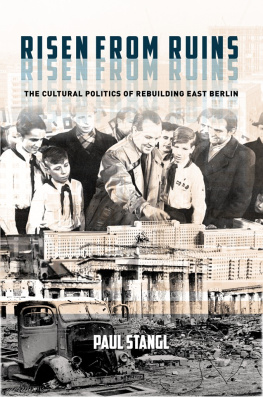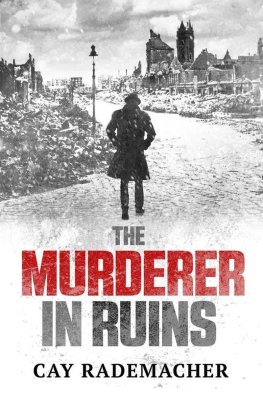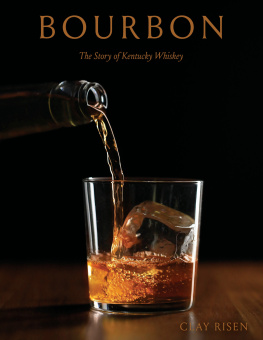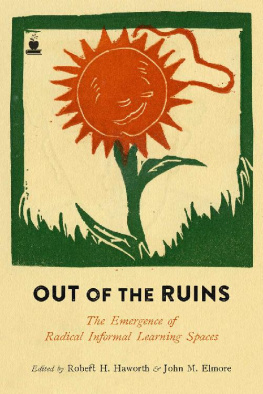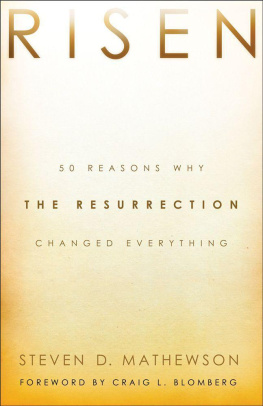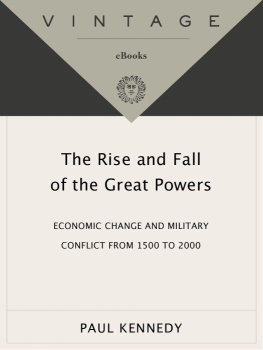Paul Stangl - Risen from Ruins
Here you can read online Paul Stangl - Risen from Ruins full text of the book (entire story) in english for free. Download pdf and epub, get meaning, cover and reviews about this ebook. year: 2018, publisher: Stanford University Press, genre: Politics. Description of the work, (preface) as well as reviews are available. Best literature library LitArk.com created for fans of good reading and offers a wide selection of genres:
Romance novel
Science fiction
Adventure
Detective
Science
History
Home and family
Prose
Art
Politics
Computer
Non-fiction
Religion
Business
Children
Humor
Choose a favorite category and find really read worthwhile books. Enjoy immersion in the world of imagination, feel the emotions of the characters or learn something new for yourself, make an fascinating discovery.
- Book:Risen from Ruins
- Author:
- Publisher:Stanford University Press
- Genre:
- Year:2018
- Rating:5 / 5
- Favourites:Add to favourites
- Your mark:
- 100
- 1
- 2
- 3
- 4
- 5
Risen from Ruins: summary, description and annotation
We offer to read an annotation, description, summary or preface (depends on what the author of the book "Risen from Ruins" wrote himself). If you haven't found the necessary information about the book — write in the comments, we will try to find it.
Risen from Ruins — read online for free the complete book (whole text) full work
Below is the text of the book, divided by pages. System saving the place of the last page read, allows you to conveniently read the book "Risen from Ruins" online for free, without having to search again every time where you left off. Put a bookmark, and you can go to the page where you finished reading at any time.
Font size:
Interval:
Bookmark:
| ACC | Allied Control Council |
| BA | Bundesarchiv |
| BM | Berlin Magistrat |
| BZ | Berliner Zeitung |
| CDU | Christian Democratic Union |
| DA | Deutsche Architektur |
| DBA | Deutsche Bauakademie (German Building Academy) |
| FDJ | Freie Deutsche Jugend (Free German Youth) |
| FIAPP | Fdration Internationale des Anciens Prisonniers Politiques du Fascisme (International Federation of Former Political Prisoners of the Nazi Regime) |
| GDR | German Democratic Republic |
| GEHAG | Gemeinntzige Heimsttten-, Spar- und Bau-Aktiengesellschaft (Benevolent Housing, Building, and Savings Association) |
| KPD | Kommunistische Partei Deutschlands (Communist Party of Germany) |
| LAB | Landesarchiv Berlin |
| MfA | Ministerium fr Aufbau (Ministry of Building) |
| ND | Neues Deutschland |
| NSDAP | Nationalsozialistische Deutsche Arbeiterpartei (National Socialist German Workers Party) |
| SAPMO-BA | Stiftung Archiv der Parteien und Massenorganizationen der DDR im Bundesarchiv |
| SED | Sozialistische Einheitspartei Deutschlands (Socialist Unity Party) |
| SKK | Sowjetische Kontrolkommission (Soviet Control Commission) |
| SMAD | Soviet Military Administration |
| SPD | Sozialdemokratische Partei Deutschlands (Social Democratic Party of Germany) |
| TR | Tgliche Rundschau |
| VVN | Vereinigung der Verfolgten des Naziregimes (Association of Those Persecuted by the Nazi Regime) |
Font size:
Interval:
Bookmark:
Similar books «Risen from Ruins»
Look at similar books to Risen from Ruins. We have selected literature similar in name and meaning in the hope of providing readers with more options to find new, interesting, not yet read works.
Discussion, reviews of the book Risen from Ruins and just readers' own opinions. Leave your comments, write what you think about the work, its meaning or the main characters. Specify what exactly you liked and what you didn't like, and why you think so.

